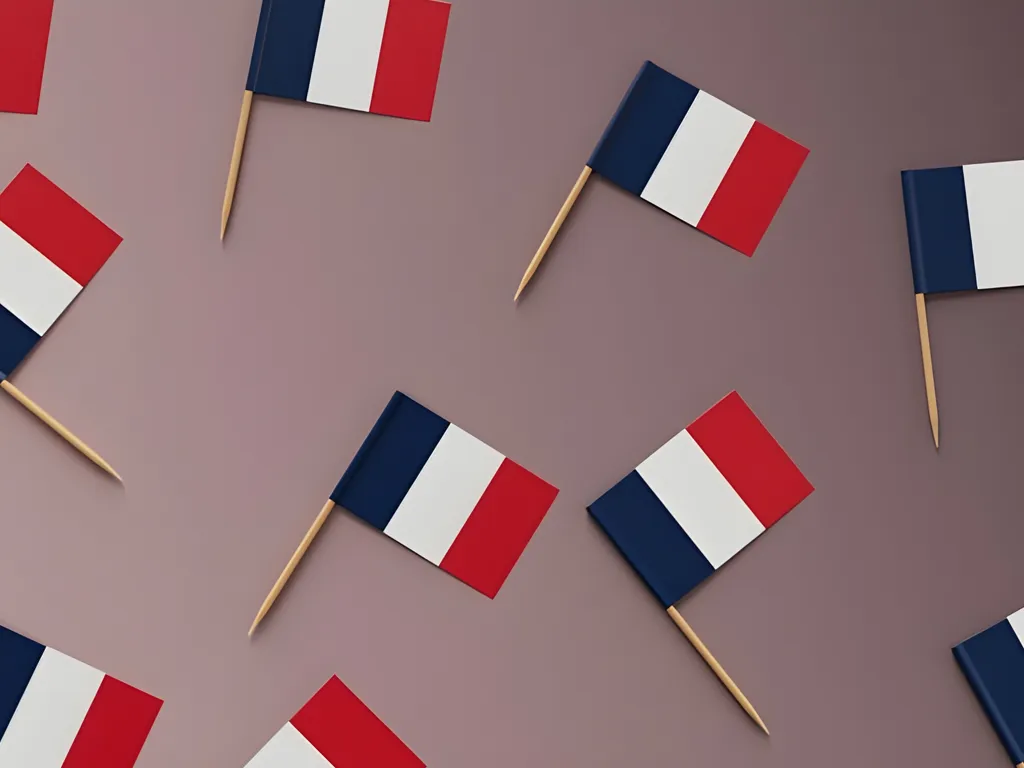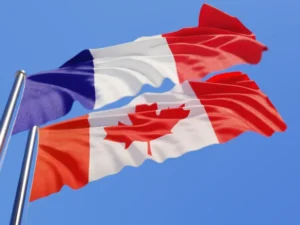
Francophonie: Exploring French Language Diversity Worldwide
🇫🇷 What is La Francophonie?
French-speaking countries, also known as Francophone countries, are nations and territories where French is an official language, and where the French language and culture are widely spoken and celebrated.
The term “Francophone” refers to the community of French speakers around the world, and includes both native and non-native speakers.
Did You Know? 📚
There are 29 officially French-speaking countries, including France, Canada, Belgium, Switzerland, and several African countries such as Senegal, Ivory Coast, and Algeria. French is also widely spoken in many other countries and territories, including Haiti, Martinique, and Réunion.
🇫🇷 French in France
French in France is the standard form of the language and serves as the basis for most French language learning programs. However, there are still some fascinating regional variations and accents to consider.
Regional Variations 🗣️
While French in France is generally standardized, there are notable regional variations in vocabulary and pronunciation. For example, in the south of France, you may hear the use of “vous” instead of “tu,” and the pronunciation of “an” as “ahn.”
Accents 🗣️
French in France has a variety of accents, from the southern drawl of Marseille to the nasal tones of Paris. Understanding these accents can help learners adapt their language skills to different regions when speaking with a native French speaker.
🇫🇷 French in Canada
French in Canada, also known as Québécois, has its own unique characteristics, including vocabulary, pronunciation, and grammar that distinguish it from standard French.
Vocabulary 📚
Québécois has a unique vocabulary, with many words and phrases that are not used in France. For example, “char” is used instead of “voiture” for car, and “cabane à sucre” is used instead of “chalet” for a sugar shack.
Pronunciation 🗣️
Québécois has a distinctive pronunciation, with a more open and relaxed sound than standard French. For example, the “r” sound is often dropped in Québécois, and the “u” sound is often pronounced as “ou.”
Grammar ✅
Québécois has some unique grammar rules, such as the use of “tu” instead of “vous” for formal address, and the use of “est-ce que” for questions.
🇫🇷 French in Africa
French in Africa, also known as African French, has evolved with its own unique characteristics, including vocabulary, pronunciation, and grammar that reflect local cultures and languages.
Vocabulary 📚
African French has a distinctive vocabulary, with many words and phrases that are not used in France. For example, “bazin” is used instead of “soie” for silk, and “allocation familiale” is used instead of “allocation de rentrée scolaire” for back-to-school allowance.
Pronunciation 🗣️
African French has a unique pronunciation, with a more melodic and rhythmic sound than standard French. For example, the “r” sound is often pronounced with a trill, and the “u” sound is often pronounced as “ou.”
Grammar ✅
African French has some unique grammar rules, such as the use of “vous” instead of “tu” for formal address, and the use of “donner” instead of “avoir” for possession.
Why Understanding French Diversity Matters 💡
Understanding the unique characteristics of French in different French-speaking countries is key to achieving fluency and cultural appreciation. Whether you’re planning to travel, study abroad, or simply broaden your language horizons, recognizing these variations will enhance your language learning journey.
At Interactive French, our native French tutors in Hong Kong provide comprehensive guidance and support for learners of all levels, helping you navigate the rich diversity of the French language. Whether you’re interested in standard French or regional variations, a native French tutor can help you achieve your language goals.
Join us today and take the first step towards improving your language skills and cultural understanding with a professional French tutor in Hong Kong.
Anthony Regent
✍️ Anthony: Expert French Educator & Blog Author Anthony is a highly experienced French educator and prolific article writer, dedicated to making French accessible and engaging for everyone. With over 10 years of experience in the field, he brings deep educational insight to his content. His extensive background includes working as a course coordinator and innovator in curriculum design, where he expertly developed French syllabi and created effective lesson materials. This expertise informs every blog post he writes. As a valued blog author, Anthony specializes in writing insightful, authoritative articles about: - French Learning Tips and effective study strategies. - In-depth breakdowns of French Exams (DELF, DALF, TCF preparation). - Fascinating insights into French Culture and Francophone life. Follow Anthony's blog for expert guidance, practical tips, and a deeper understanding of the French language and culture. Learn, master, and read with a decade of expertise!
Related Posts

French for Immigration to Canada & France: Essential Guide
Importance of French Visa Requirements Learning French Benefits Beyond Immigration 🇫🇷 Why Learning French is…
Read More